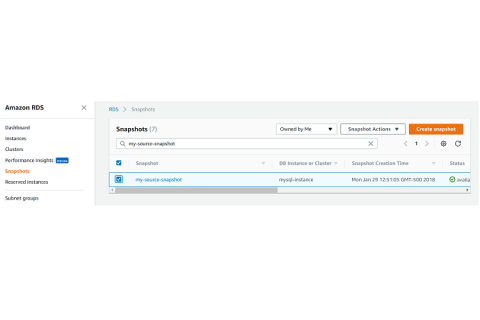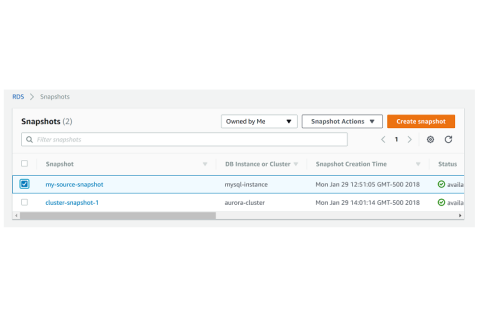PostgreSQL: Exploring how SELECT Queries can produce disk writes
We already wrote about monitoring posgresql queries, at the time we thought that we completely understood how PostgreSQL works with various server resources. Working regularly with the statistics of PostgreSQL queries, we noticed some anomalies and decided to dig a bit deeper for better understanding. Through this process, we found that while the behavior of postreSQL is kind of strange at first glance (or at least very peculiar), the clarity of its source code is quite admirable.





